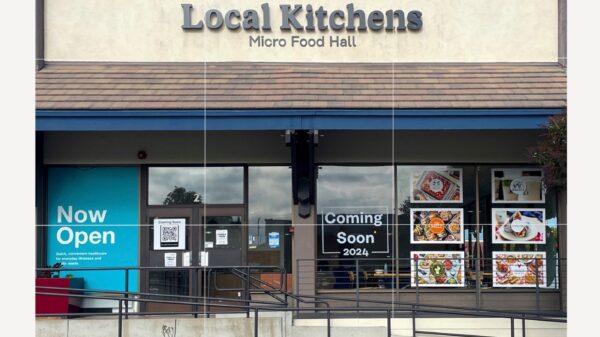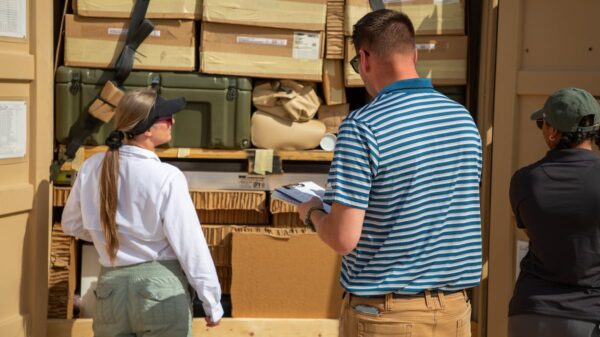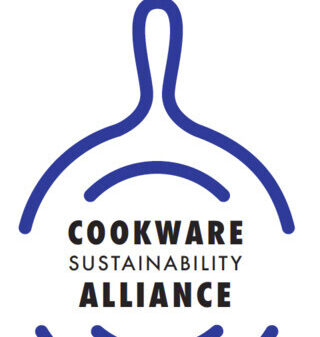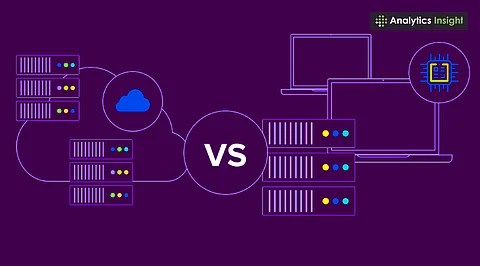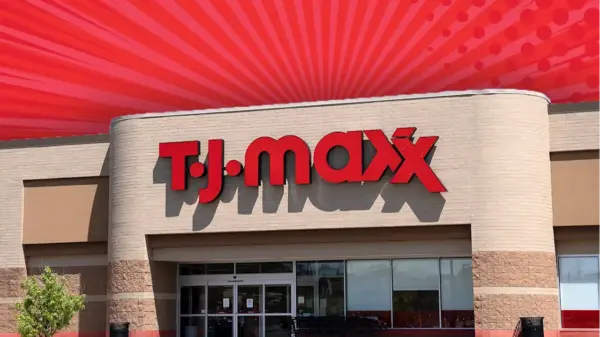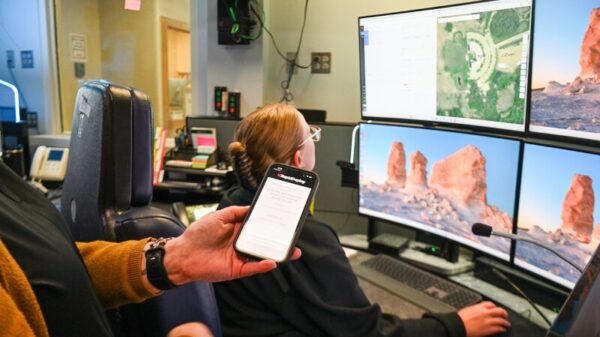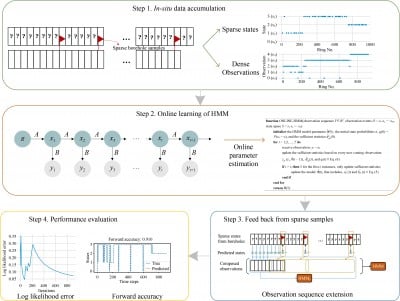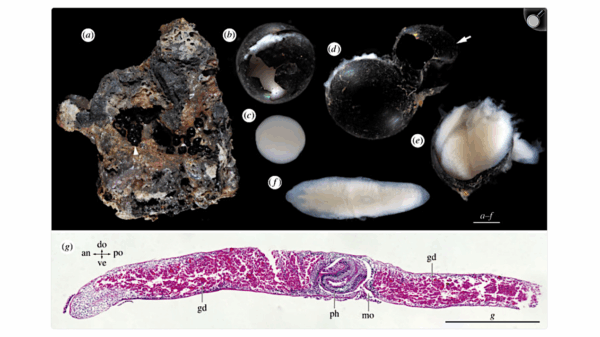The rapid expansion of tunnel engineering has heightened the need for effective geological risk prediction. Issues such as collapse, water inrush, and landslides during excavation pose significant threats to construction safety, often resulting in project delays, cost overruns, and, in severe cases, casualties. Accurate forecasting of geological risks is essential for mitigating these hazards and ensuring safe and efficient construction practices.
Traditional geological prospecting methods exhibit notable limitations. Borehole logging provides relatively accurate data but is often based on sparse sampling, making it challenging to obtain a comprehensive view of geological conditions. In contrast, non-invasive techniques like seismic methods offer high spatial resolution but fall short in terms of overall accuracy.
To address these challenges, researchers are turning to innovative approaches that leverage advanced computational techniques. Conventional machine learning methods for geological risk prediction frequently encounter obstacles, particularly when dealing with limited data from the early stages of construction. These methods also lack the ability to adaptively update as new streaming data becomes available.
Innovative Solutions Using Online Learning
A promising avenue involves the application of online learning methodologies in conjunction with hidden Markov models. This approach enables the continuous integration of incoming data, allowing for real-time updates and more accurate predictions. By utilizing streaming data, the model can adapt to changing geological conditions, thereby enhancing the reliability of risk assessments throughout the excavation process.
This new model not only aims to improve the accuracy of geological risk predictions but also seeks to enhance overall construction safety. By anticipating potential geological hazards, construction teams can implement preventive measures, thereby minimizing the likelihood of accidents and delays.
Additionally, the integration of these advanced techniques can lead to substantial cost savings. By minimizing the risk of unexpected geological events, project managers can better allocate resources and adhere to timelines, ultimately reducing the financial implications associated with construction delays and accidents.
As tunnel engineering continues to evolve, the adoption of sophisticated predictive models will be crucial. These advancements represent a significant step forward in safeguarding construction projects and ensuring the well-being of all involved. The emphasis on real-time data integration and adaptability could redefine how the industry approaches geological risk management, setting a new standard for safety and efficiency in tunnel excavation.
In conclusion, addressing the challenges of geological hazards in tunnel engineering through innovative predictive models is not merely a technical advancement; it is an essential evolution aimed at ensuring safer construction environments and reducing the risks associated with excavation projects. The future of tunnel engineering may depend on the successful application of these techniques, leading to safer and more efficient operations in the field.





